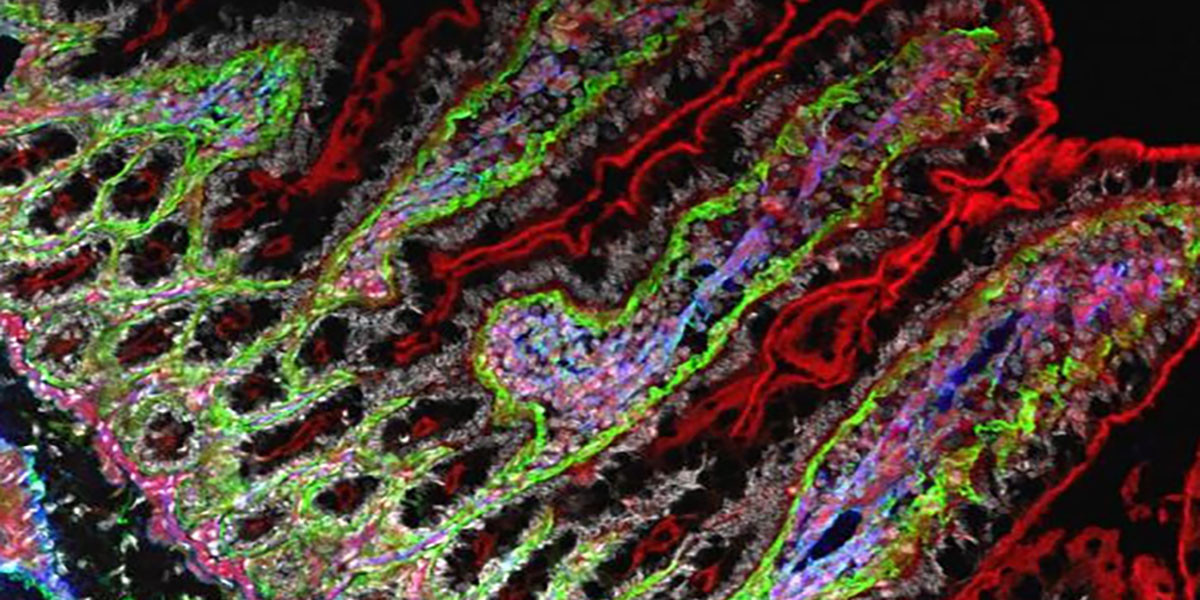
Understanding and Using Fluorophores
Filter sets are usually named for the fluorophore for which they are recommended but can be useful with many others in the same spectral range. You will need to know a variety of information if planning to use fluorophores, such as excitation (absorption) and emission peak wavelengths, light source, microscope, and detector. You will also need to know which other fluorophores will be present so that the filter can help you detect only the desired fluorophore(s).
Most fluorophores have a fairly broad range of wavelengths that will excite them, and a fairly broad emission spectrum. Excitation filters used in fluorescence microscopy need to have a bandwidth of at least 20nm and usually more. In order to accommodate each filter’s transition slope from transmission to blocking, there is typically a 10-12 nm gap between the excitation and emission filter.
The emission filter must also transmit a fairly broad range. This gap ensures that the excitation light will not be transmitted by the emission filter. This often requires a shift of the center wavelength (CWL) of the excitation filter to a slightly shorter wavelength than the excitation peak, and a shift of the CWL of the emission filter to a slightly longer wavelength than the emission peak.
However, the wavelength range of filters in recommended filter sets will generally coincide with the peak excitation and emission wavelengths. In cases where this is not possible, the emission spectrum is typically favored over the excitation spectrum, as this minimizes the rate of photobleaching during image acquisition.
The use of multiple fluorophores in a sample, and the choice of filter sets can be challenging. Depending on the desired combination of fluorophores, filters may or may not prevent bleed through. There are also factors other than the optics that should be considered. Please email our applications scientists at apps@chroma.com with details about your application.
Additionally, Chroma can recommend a catalog set, or we can specify a custom set for you. Please contact us at sales@chroma.com to discuss the possibilities.
If you have any questions about our filters please contact Customer Service. Additionally, contact our Sales Team will help you customize filters or recommend a catalog set to work with your application.










